
Decentralized Physical Infrastructure Networks (DePIN) have rapidly transformed the Solana ecosystem, offering scalable alternatives to legacy infrastructure across wireless connectivity, mapping, compute, and IoT. As capital and developer attention have shifted toward these decentralized models in 2024, a cohort of Solana-native DePIN projects now command significant market capitalizations and ecosystem influence. This ranking and analysis focuses exclusively on the top Solana DePIN projects by market cap, providing investors and builders with a data-driven snapshot of the sector’s current leaders.
Top Solana DePIN Projects by Market Cap (2024)
| Project Name | Ticker | Market Cap | Price | Description |
|---|---|---|---|---|
| Render Network 🖥️ | RNDR | $3,210,000,000 | N/A | Decentralized GPU computing for digital creators & AI; migrated to Solana for scalability. |
| Helium Network 📡 | HNT | $1,000,000,000 | N/A | Decentralized wireless network; users deploy hotspots to earn HNT by providing coverage. |
| Grass Protocol 🌱 | GRASS | $580,000,000 | N/A | Allows users to share unused internet bandwidth for AI model training & data collection. |
| io.net ⚡ | IO | $272,000,000 | N/A | Decentralized GPU/CPU resources for machine learning; cost-effective compute for AI. |
| Hivemapper 🗺️ | HONEY | $79,000,000 | N/A | Community-driven mapping network; users collect street imagery with dashcams to earn HONEY. |
| Roam 🌍 | ROAM | $60,000,000+ | N/A | Decentralized WiFi & eSIM network; seamless global connectivity with millions of nodes. |
| Nosana 🧠 | NOS | $54,000,000 | N/A | Decentralized GPU grid for AI inference; launched GPU market in 2025, boosting node activity. |
| Helium Mobile 📱 | MOBILE | N/A | N/A | Cellular network built on Helium, enabling decentralized mobile connectivity. |
| Cubik 🧩 | CBIK | N/A | N/A | Decentralized infrastructure platform focused on IoT and edge computing on Solana. |
| Shdw Drive / GenesysGo ☁️ | SHDW | N/A | N/A | Decentralized storage network providing scalable, censorship-resistant data solutions. |
| Nodle Network 🔗 | NODL | N/A | N/A | IoT connectivity platform integrating with Solana for device data and micro-payments. |
Solana’s DePIN Ecosystem: Market Leaders by Capitalization
The surge in demand for decentralized infrastructure on Solana is reflected in the explosive growth of several key projects. As of October 2025, the following ten initiatives stand out for their token performance, user adoption, and technical innovation:
Top 10 Solana DePIN Projects by Market Cap (2024)
-
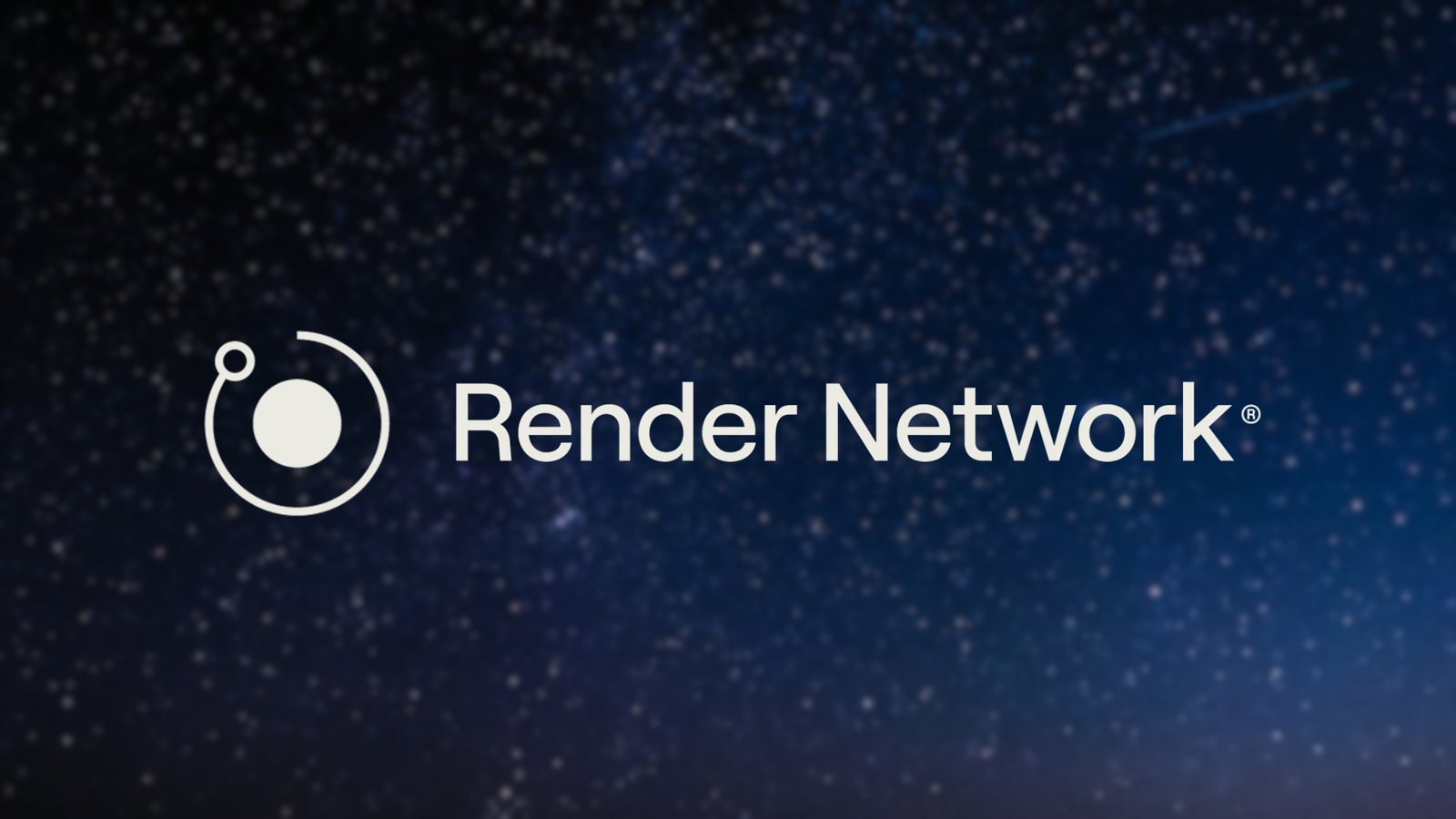
Render Network (RNDR): A leading decentralized GPU computing platform, Render Network migrated to Solana for higher scalability. It enables creators and AI developers to access distributed rendering power. Market Cap: $3.21 billion (2024)
-
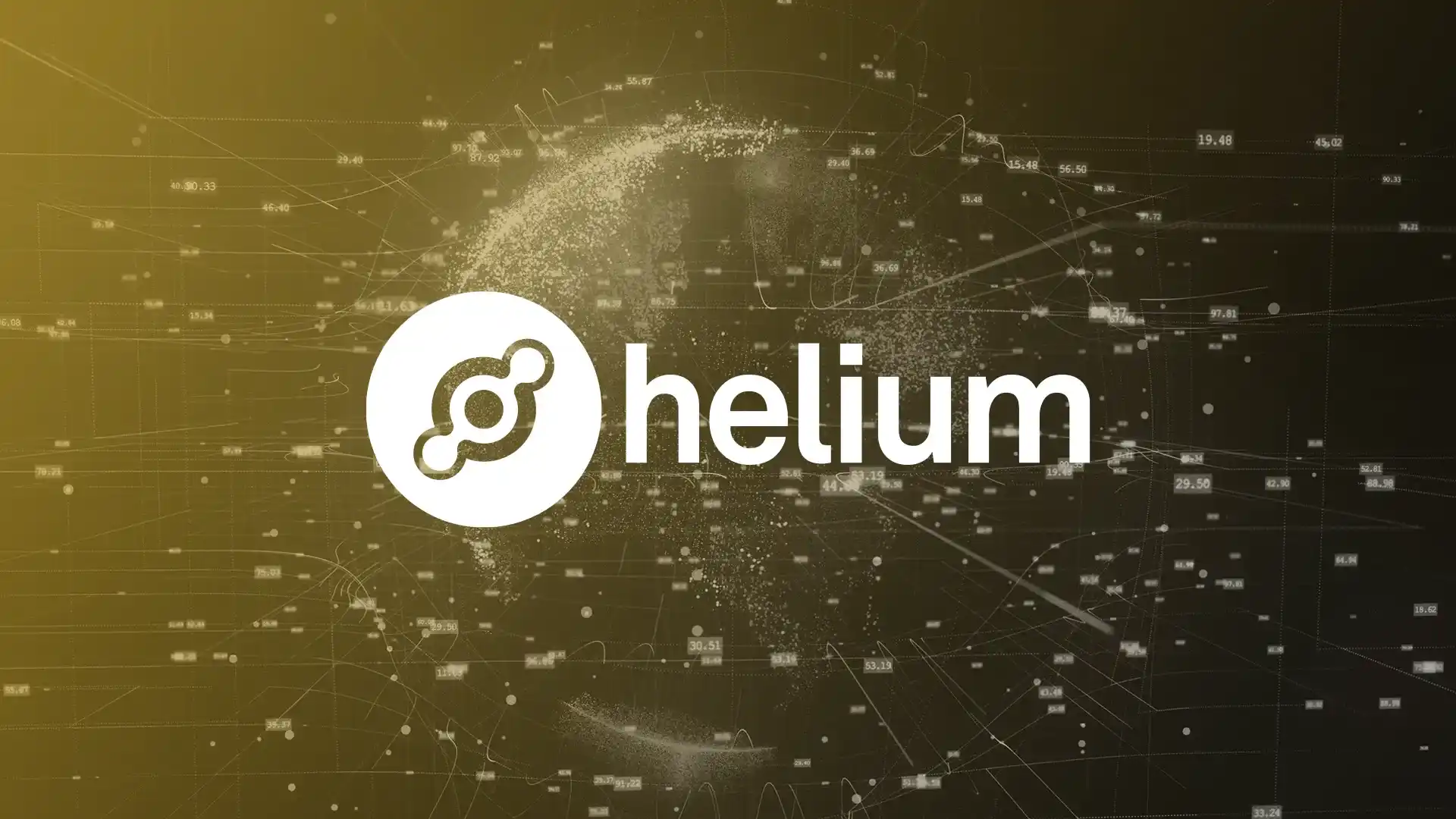
Helium Network (HNT): The pioneering decentralized wireless network, Helium allows users to deploy hotspots and earn HNT by providing IoT and cellular coverage. Its move to Solana has improved scalability and transaction efficiency. Market Cap: $1 billion (2024)
-

Grass Protocol (GRASS): Grass enables users to share unused internet bandwidth, powering AI model training and data collection. The protocol has seen rapid user growth, with over 3 million users by early 2025. Market Cap: $580 million (2024)
-
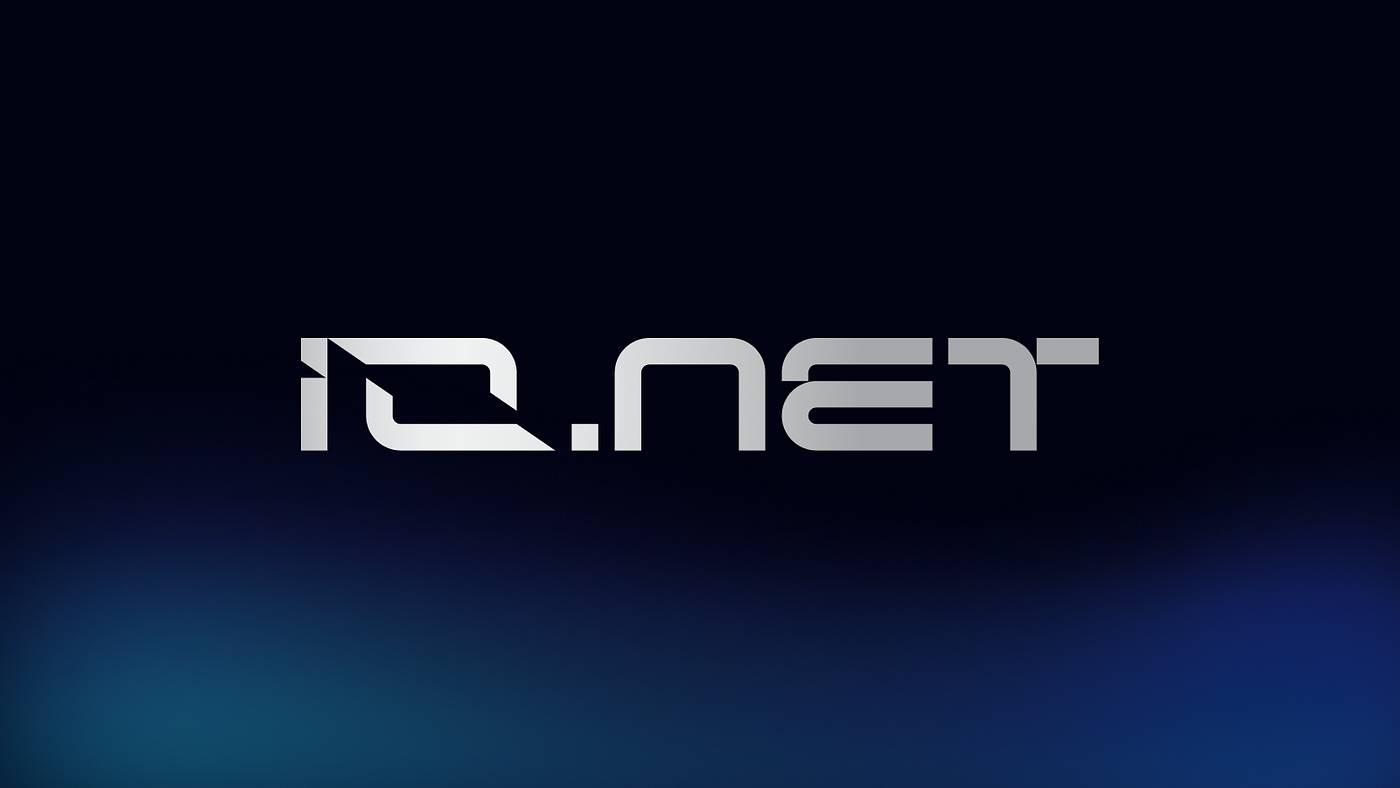
io.net (IO): io.net provides decentralized GPU and CPU resources for AI and machine learning developers, offering cost-effective, distributed computing power. Market Cap: $272 million (2024)
-

Hivemapper (HONEY): A decentralized mapping network, Hivemapper rewards users for collecting street-level imagery with dashcams, building an open-source global map. Market Cap: $79 million (2024)
-
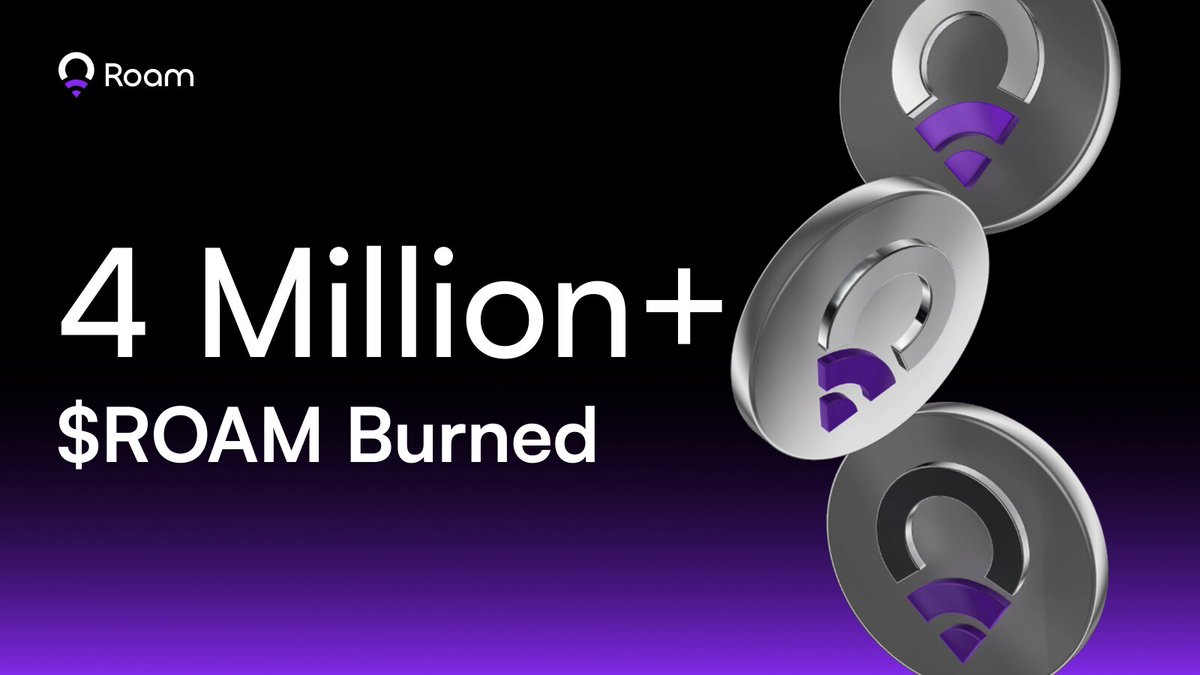
Roam (ROAM): Roam is building a decentralized wireless network for seamless global WiFi and eSIM connections, with millions of users and nodes worldwide. Market Cap: $60 million+ (2024)
-
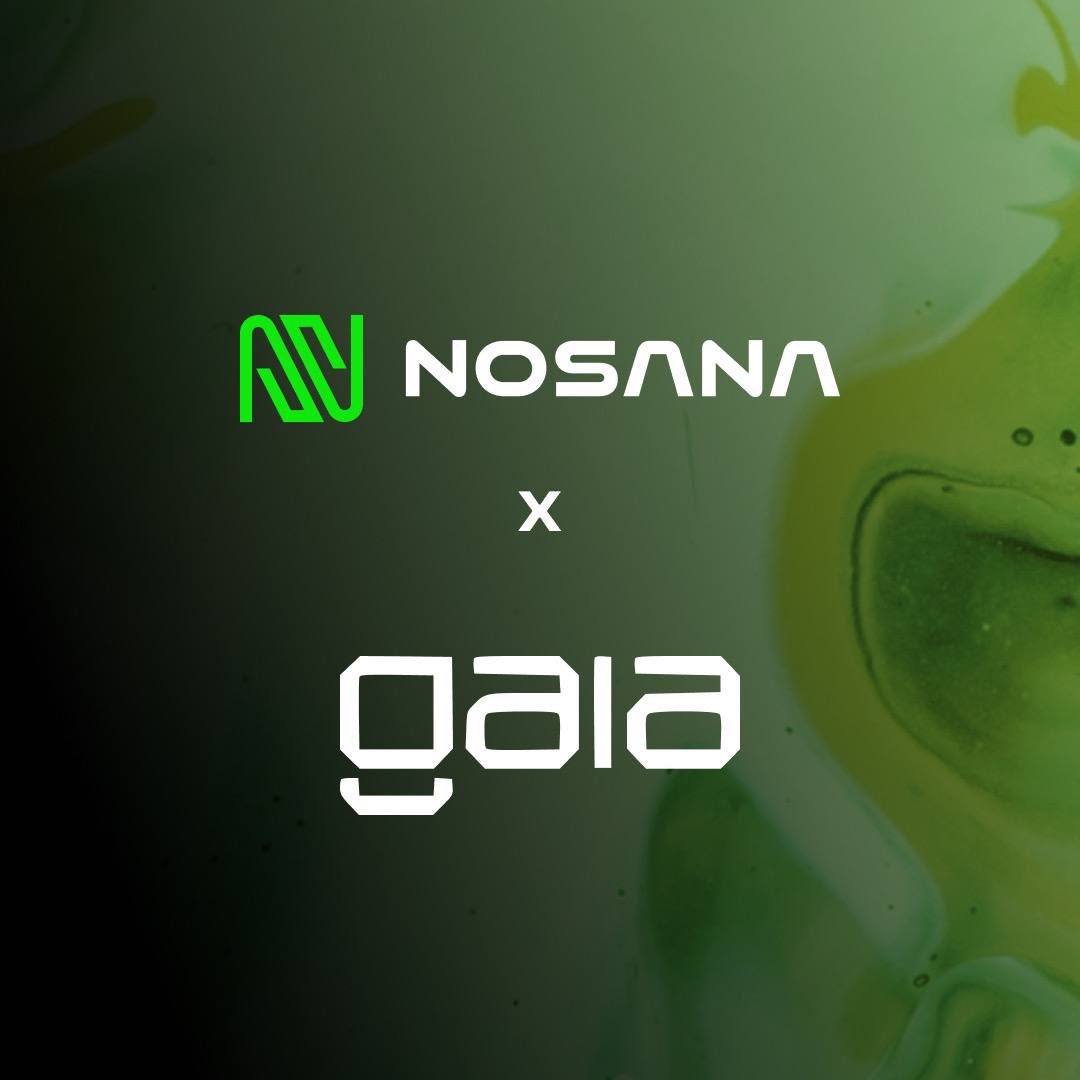
Nosana (NOS): Nosana offers a decentralized GPU grid for AI inference and compute tasks, with a growing network of global node operators. Market Cap: $54 million (2024)
-

Helium Mobile (MOBILE): Helium Mobile extends the Helium ecosystem into decentralized cellular service, leveraging the Helium Network for affordable, community-powered mobile connectivity.
-
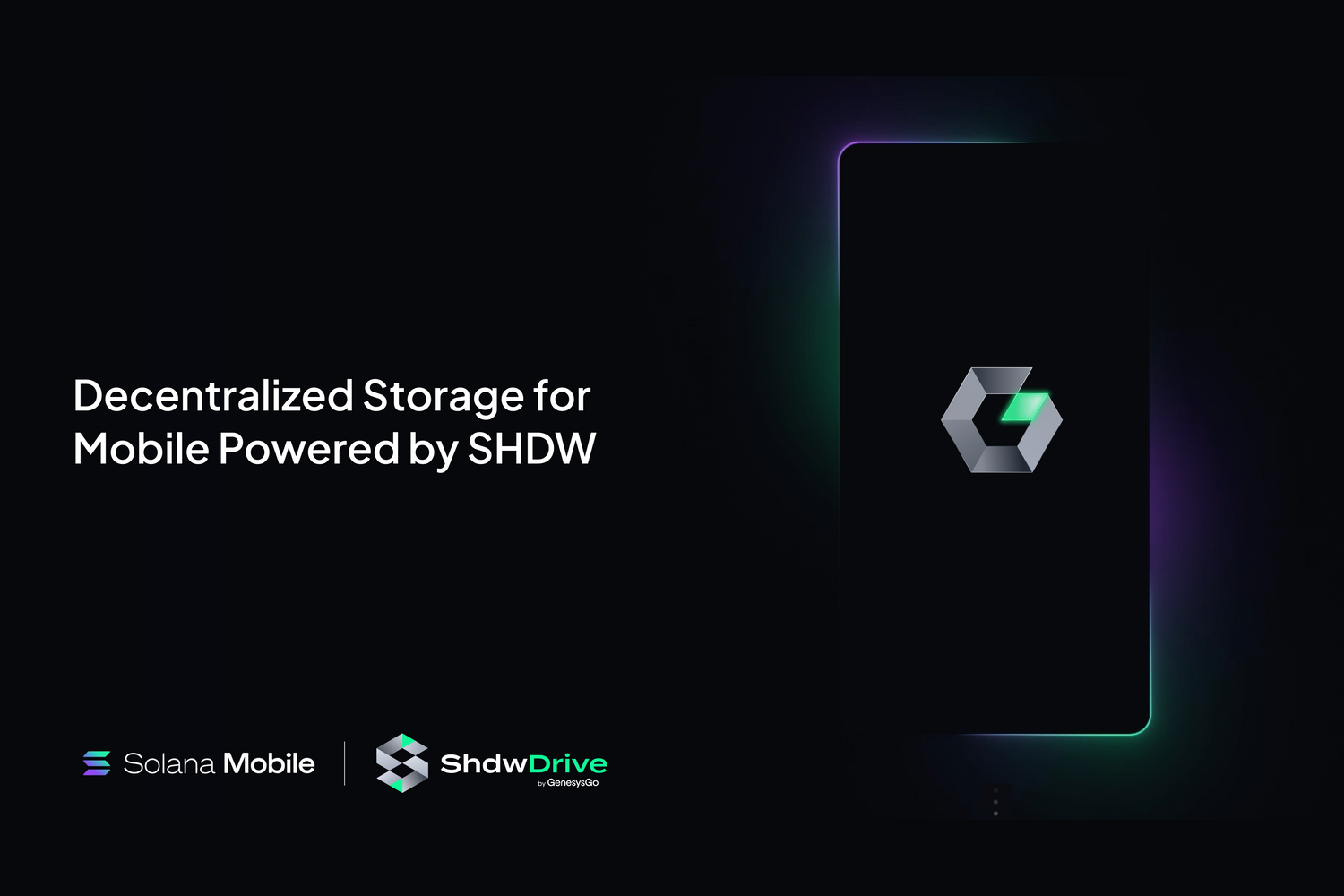
Shdw Drive / GenesysGo (SHDW): Shdw Drive, developed by GenesysGo, provides decentralized storage infrastructure on Solana, enabling censorship-resistant and scalable data storage solutions.
-
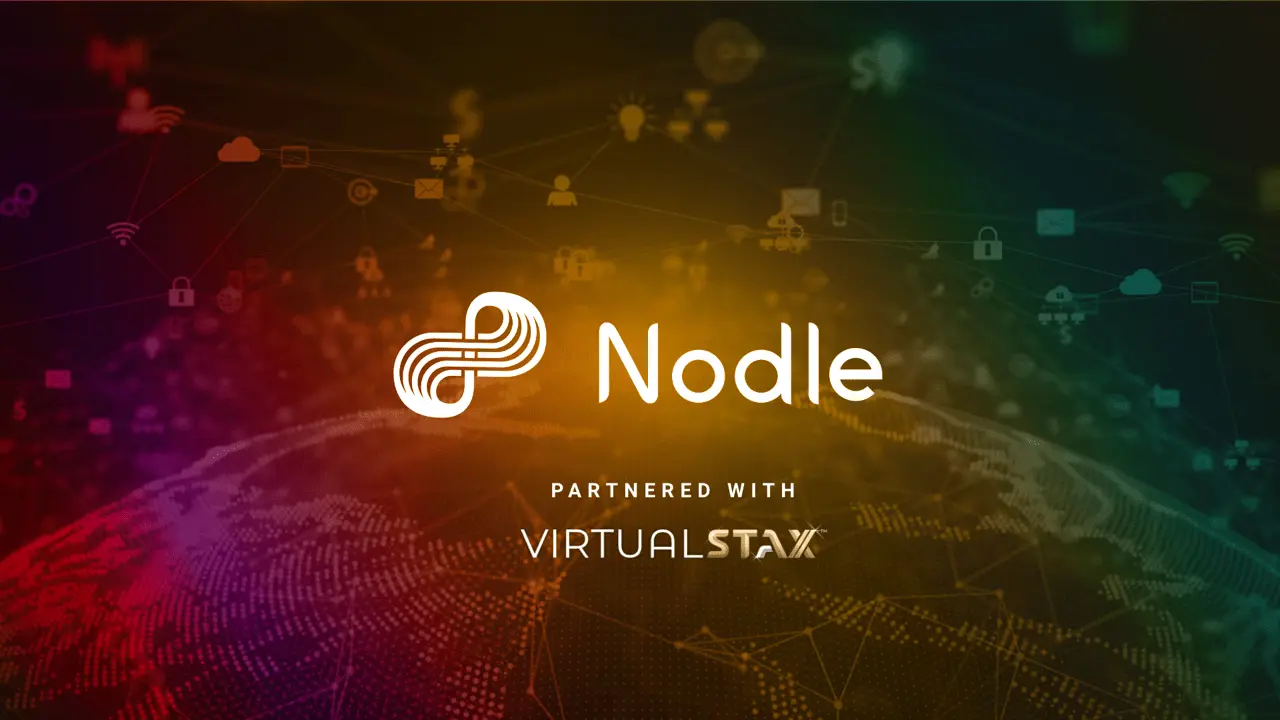
Nodle Network (NODL): Nodle Network integrates with Solana to offer decentralized IoT connectivity, allowing devices to securely and efficiently transmit data using the blockchain.
Let’s dissect what sets each project apart in terms of strategy, scale, and impact.
Render Network (RNDR): Dominating Decentralized Compute
Render Network leads the pack with a market capitalization of approximately $3.21 billion. After migrating from Ethereum to Solana to leverage higher throughput and lower fees, Render now offers decentralized GPU computing power for digital creators and AI developers. Its robust platform enables efficient rendering for everything from film production to generative AI workloads. The move to Solana has resulted in measurable improvements in transaction speed and cost efficiency for users.
Source: Bittime – Top 10 Solana Projects 2024
Helium Network (HNT) and Helium Mobile (MOBILE): Decentralized Wireless at Scale
The Helium Network, with a capitalization near $1 billion, remains one of the most established names in decentralized wireless infrastructure. By incentivizing individuals to deploy hotspots that provide LoRaWAN and 5G coverage, Helium has built a global network supporting IoT devices across multiple industries. The integration with Solana has been pivotal for scaling transaction throughput as network usage expands.
Source: U2U. xyz – Best DePIN Projects on Solana
Helium Mobile (MOBILE), an extension of Helium’s vision, focuses specifically on cellular connectivity via eSIM technology. While MOBILE’s standalone market cap is smaller than its parent HNT token, it plays a crucial role in onboarding mainstream users into decentralized telecom, particularly through innovative partnerships with device manufacturers.
Hivemapper (HONEY) and Grass Protocol (GRASS): Crowdsourcing Mapping and Bandwidth
Hivemapper (HONEY), valued at approximately $79 million, is pioneering decentralized mapping by rewarding drivers who capture street-level imagery using dashcams. With over 77,000 contributors globally as of 2024, Hivemapper is creating an open alternative to proprietary mapping platforms, fueling applications from autonomous vehicles to urban planning.
Source: DepinScan – Solana DePIN Projects
Grass Protocol (GRASS) leverages unused internet bandwidth for AI model training and data collection. At a valuation near $580 million, Grass has seen rapid user growth, over 3 million by early 2025, demonstrating how distributed resource sharing can unlock new value streams for everyday participants.
Source: BingX – Top 5 DePIN Projects on Solana
Solana (SOL) Price Prediction 2026-2031: DePIN Ecosystem Outlook
Forecasts based on current market data ($184.58 as of October 2025) and Solana’s leading DePIN project adoption.
| Year | Minimum Price | Average Price | Maximum Price | Year-over-Year % Change (Avg) | Market Scenario Insights |
|---|---|---|---|---|---|
| 2026 | $120.00 | $210.00 | $310.00 | +13.8% | Potential volatility as regulatory clarity in US/EU impacts DePIN growth. DePIN projects continue scaling, but macro headwinds persist. |
| 2027 | $145.00 | $260.00 | $370.00 | +23.8% | Bullish momentum from AI/DePIN fusion and improved global DePIN adoption. Competition from other L1s may cap upside. |
| 2028 | $160.00 | $310.00 | $440.00 | +19.2% | Wider enterprise adoption and mainstream DePIN use cases. Regulatory risks decrease; network upgrades further boost confidence. |
| 2029 | $180.00 | $370.00 | $520.00 | +19.3% | Sustained growth as Solana cements its position as leading DePIN platform. Market cycles introduce some correction risk. |
| 2030 | $210.00 | $420.00 | $610.00 | +13.5% | DePIN projects reach new consumer markets; Solana maintains high throughput edge. Broader crypto market enters late-stage cycle. |
| 2031 | $245.00 | $470.00 | $710.00 | +11.9% | Mature DePIN ecosystem with robust revenue streams. Potential for new competitors and modular blockchains to emerge, but Solana retains brand value. |
Price Prediction Summary
Solana’s price outlook is positive through 2031, underpinned by its leadership in DePIN project adoption and robust technical evolution. While market cycles and regulatory changes may introduce volatility, Solana’s ecosystem strength and expanding real-world use cases support a progressive price trajectory, with the average price potentially more than doubling by 2031 compared to 2025.
Key Factors Affecting Solana Price
- Expanding adoption of DePIN projects (Render, Helium, Grass, Hivemapper, io.net, Roam, Nosana) driving real-world use and demand for SOL.
- Solana network upgrades improving scalability, security, and developer experience.
- Potential for regulatory clarity in key markets (US, EU) reducing risk and attracting institutional capital.
- Competition from other smart contract platforms (Ethereum, Avalanche, modular blockchains) could limit upside if innovation slows.
- Macro market cycles (Bitcoin halvings, global liquidity trends) influencing risk appetite and capital flows.
- Emergence of new DePIN use cases (AI compute, wireless, mapping, bandwidth) broadening Solana’s addressable market.
- Possible black swan events or major hacks could temporarily depress prices despite long-term fundamentals.
Disclaimer: Cryptocurrency price predictions are speculative and based on current market analysis.
Actual prices may vary significantly due to market volatility, regulatory changes, and other factors.
Always do your own research before making investment decisions.
io. net (IO) and Nosana (NOS): Decentralized Compute Powerhouses
io. net (IO), with a capitalization around $272 million, provides both GPU and CPU resources for machine learning developers via its decentralized compute marketplace. Backed by major investors like Multicoin Capital and Solana Ventures, and having completed a $30 million Series A round, io. net is positioning itself as an essential backbone for next-gen AI applications.
Nosana (NOS), valued at roughly $54 million, delivers decentralized GPU power specifically tailored for AI inference tasks. Since launching its GPU marketplace in January 2025, Nosana has experienced significant increases in daily active nodes, a testament to rising demand from both enterprise clients and independent developers.
Beyond the headline acts, several emerging Solana DePIN projects are carving out their own niches in decentralized infrastructure, each contributing unique value propositions and expanding the sector’s overall footprint.
Roam, Cubik, Shdw Drive, and Nodle Network: Diversifying Decentralized Infrastructure
Roam (ROAM) has steadily grown its presence with a market capitalization exceeding $60 million as of March 2024. Roam’s focus is on delivering seamless WiFi and eSIM connectivity through a decentralized network of over 2 million nodes across 190 and countries. The project’s rapid user acquisition, surpassing 2.3 million users, demonstrates strong demand for borderless, secure wireless access powered by token incentives.
Cubik (CBIK) stands out as an innovative solution for distributed compute and storage coordination within the Solana ecosystem. While its market cap trails the giants on this list, Cubik is gaining traction among developers seeking flexible, permissionless compute resources for AI and data-heavy workloads. Its integration with Solana’s high-throughput architecture ensures low latency and fast settlement for resource exchanges.
Shdw Drive/GenesysGo (SHDW) addresses decentralized storage needs by providing a censorship-resistant alternative to traditional cloud providers. SHDW leverages Solana’s speed to offer reliable file storage with transparent pricing and robust redundancy. This project appeals to both Web3 builders and enterprises requiring scalable, decentralized data solutions without single points of failure.
Nodle Network (NODL), recently integrated with Solana, extends decentralized IoT connectivity by rewarding participants who contribute device data via Bluetooth Low Energy (BLE). Nodle’s cross-chain approach unlocks new possibilities for smart city applications and environmental monitoring, positioning it as a key player in the IoT DePIN vertical.

Strategic Implications: Why Market Cap Matters in DePIN
The current ranking by market capitalization does more than reflect speculative interest, it signals which platforms are winning developer mindshare, attracting real-world usage, and building sustainable token economies. Projects like Render Network, Helium Network, and Grass Protocol have leveraged first-mover advantage to establish deep liquidity pools and vibrant user communities. Meanwhile, up-and-comers such as Cubik, Shdw Drive, and Nodle Network are pushing technical boundaries that could redefine what’s possible in decentralized infrastructure over the next cycle.
Key Differentiators of Top Solana DePIN Projects
-
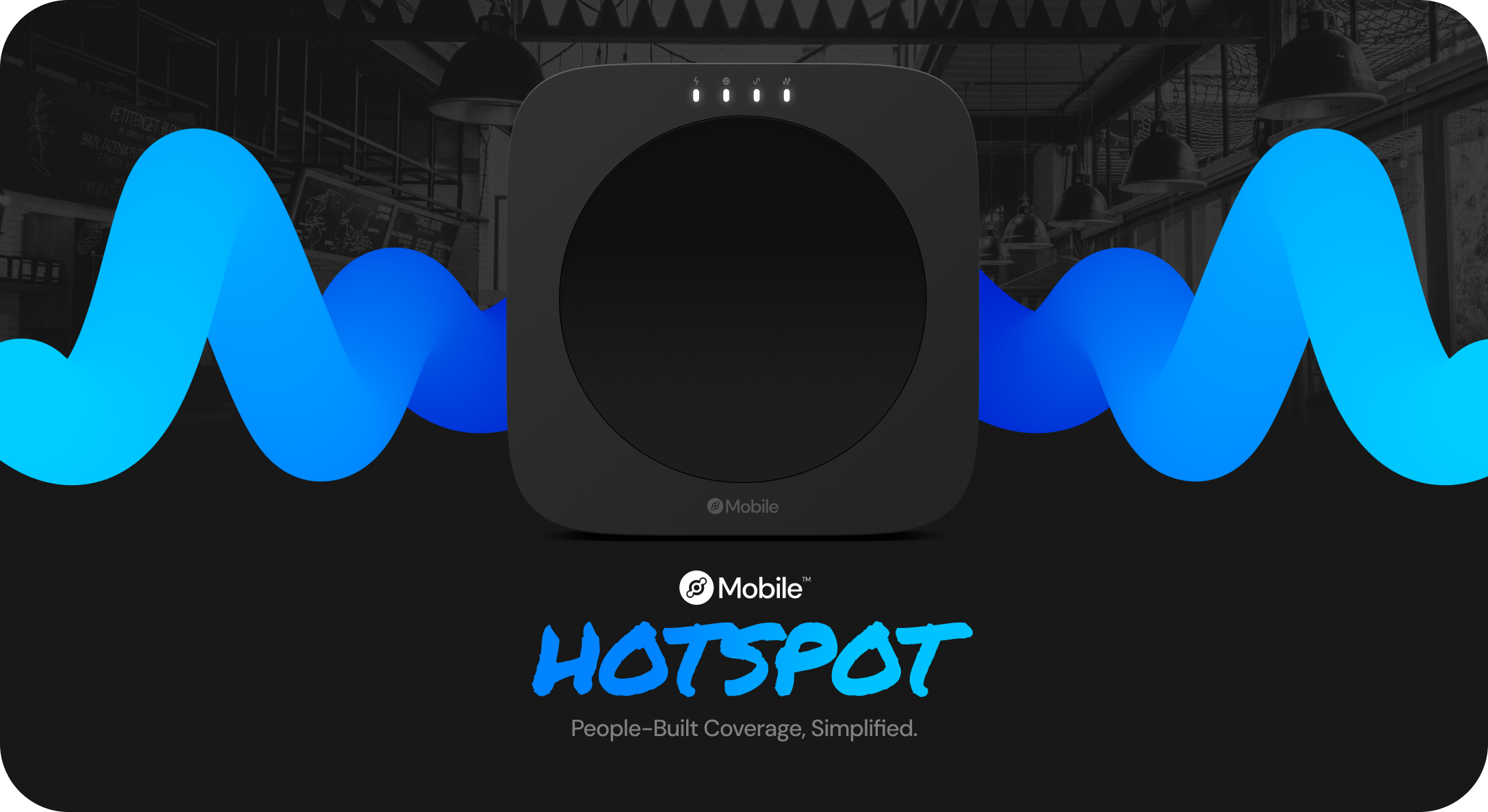
Helium Network (HNT): The pioneer of decentralized wireless infrastructure, Helium Network enables individuals to deploy hotspots and earn HNT by providing LoRaWAN and 5G coverage. Its migration to Solana in 2023 significantly improved network scalability and reduced transaction costs, making it the largest decentralized wireless network with global reach.
-

Helium Mobile (MOBILE): A specialized extension of the Helium ecosystem, Helium Mobile leverages the decentralized infrastructure to offer affordable, blockchain-powered mobile phone service. Its unique model incentivizes users and operators with MOBILE tokens for contributing coverage and data to the network.
-
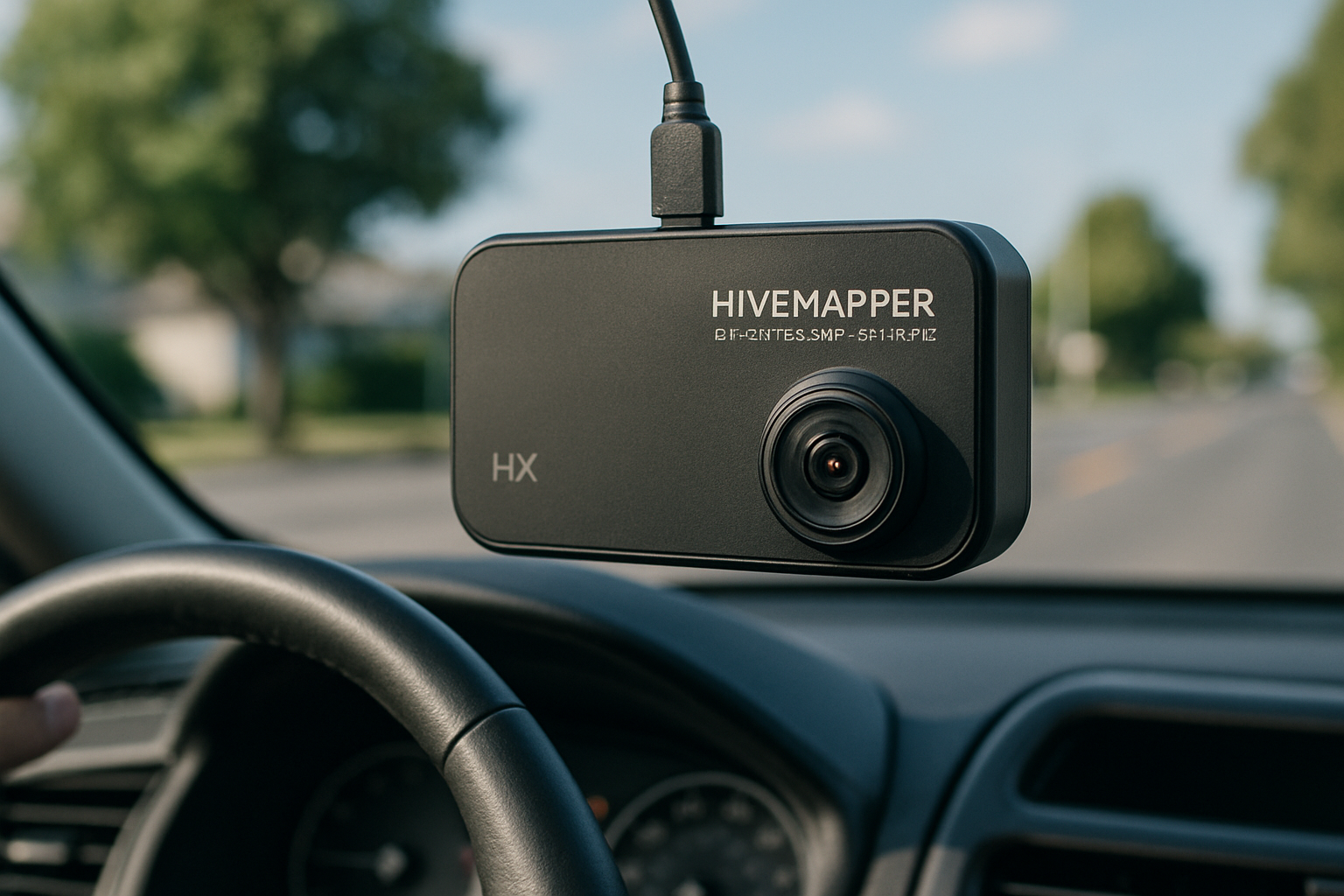
Hivemapper (HONEY): Hivemapper is a decentralized mapping platform where contributors use dashcams to collect street-level imagery, earning HONEY tokens. Its global map is continuously updated by a rapidly growing network of over 77,000 nodes, differentiating it from traditional mapping providers through community-driven coverage and rewards.
-

Render Network (RNDR, Solana deployment): Render Network provides decentralized GPU compute resources for digital creators and AI developers. Its migration to Solana has enabled faster, cheaper rendering tasks and improved scalability, supporting a $3.21 billion market cap as of 2024.
-

Nosana (NOS): Nosana delivers decentralized GPU computing for AI inference and rendering, connecting global GPU hosts with developers. The launch of its decentralized GPU market in 2025 led to a surge in daily active nodes, positioning Nosana as a key player in Solana-based AI infrastructure.
-

io.net (IO): io.net aggregates decentralized GPU and CPU resources, offering scalable, cost-effective compute power for machine learning and AI workloads. Backed by major investors, it stands out for its robust infrastructure and focus on enterprise-grade AI deployment.
-
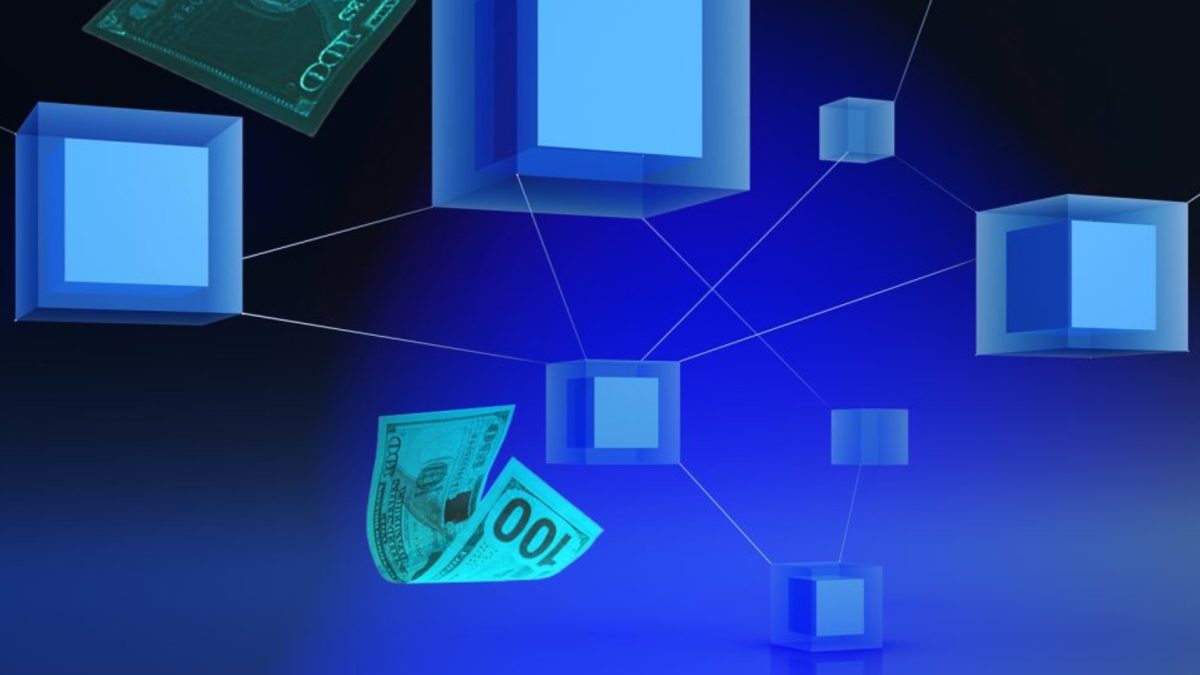
Grass Protocol (GRASS): Grass Protocol enables users to share unused internet bandwidth, rewarding them with GRASS tokens. Its focus on supporting AI model training and data collection has driven rapid user adoption, surpassing 3 million users by early 2025.
-
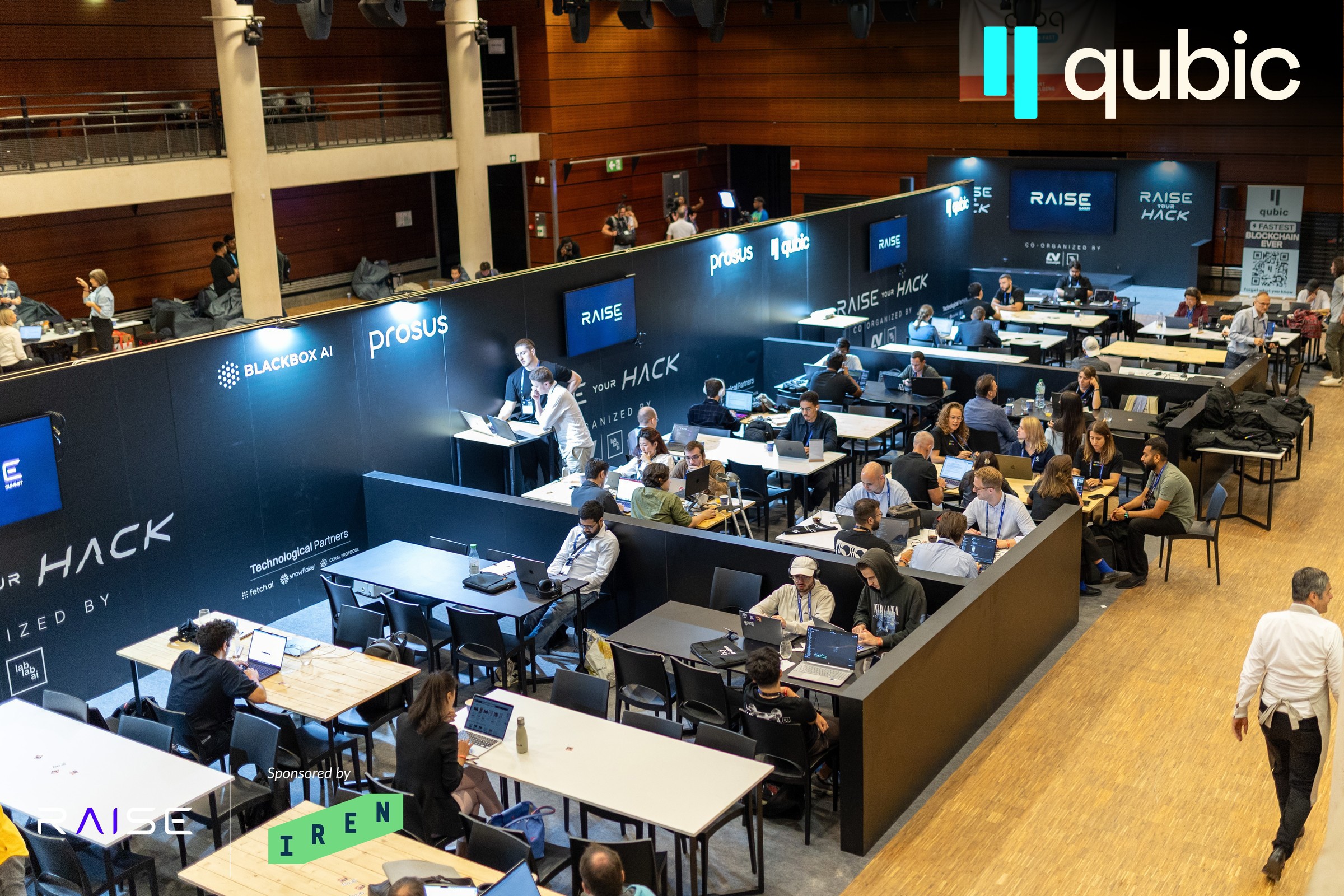
Cubik (CBIK): Cubik is a decentralized platform for crowdsourcing data and microtasks, leveraging blockchain incentives to ensure data quality and transparency. Its integration with Solana provides high throughput and low-cost transactions for task distribution and reward settlements.
-
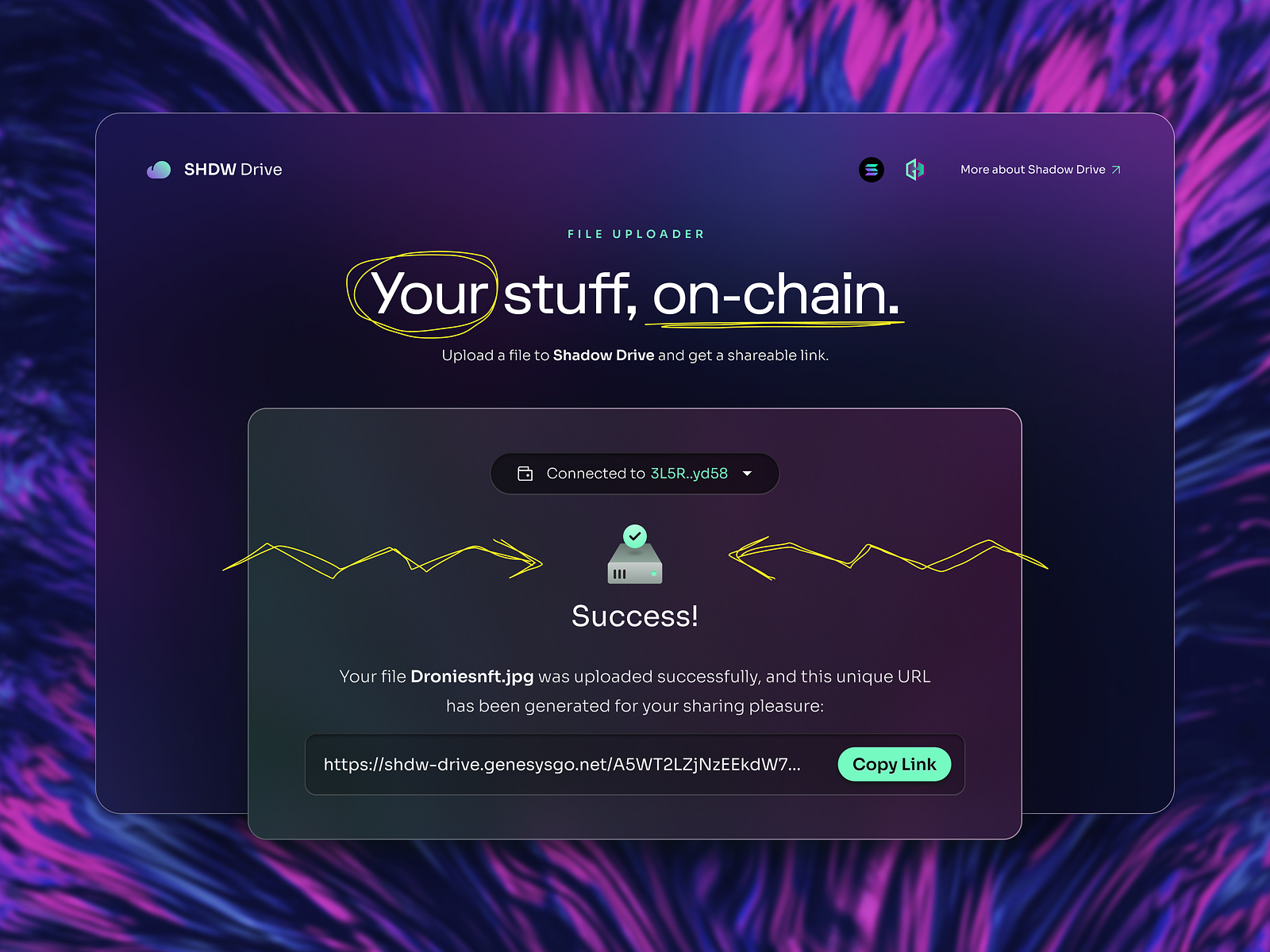
Shdw Drive / GenesysGo (SHDW): Shdw Drive, built by GenesysGo, offers decentralized storage infrastructure on Solana. It differentiates itself with high-speed, censorship-resistant file storage and retrieval, supporting dApps and DePIN projects requiring robust, scalable storage solutions.
-
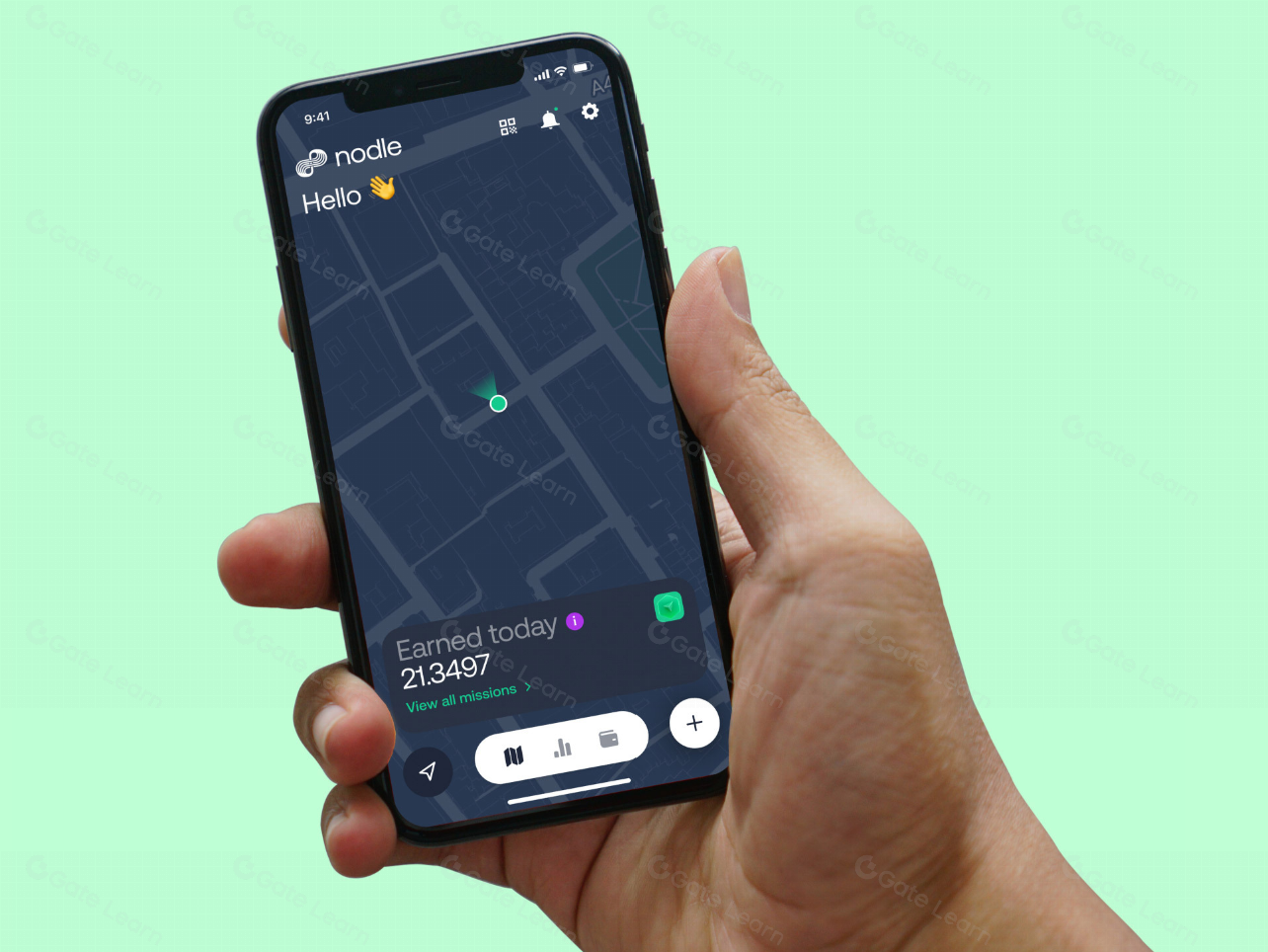
Nodle Network (NODL, Solana integration): Nodle Network facilitates decentralized IoT connectivity by leveraging smartphones as network nodes. Its Solana integration enhances transaction speed and efficiency, enabling scalable, low-cost IoT data transfer and device management.
The diversity among these projects highlights that “best” in DePIN isn’t one-size-fits-all, it depends on use case alignment, technical robustness, incentive design, and ability to scale globally on Solana’s performant blockchain layer.
Outlook: The Future of Decentralized Infrastructure on Solana
The momentum behind these top Solana DePIN tokens is underpinned by macro trends: surging demand for privacy-respecting alternatives to Big Tech infrastructure; exponential growth in AI/ML workloads; global appetite for affordable wireless connectivity; and mounting regulatory scrutiny of centralized service providers. If current adoption trajectories hold, and if teams continue to execute, several projects here could emerge as critical digital public goods within the next two years.
The competitive landscape remains fluid as new entrants iterate rapidly. However, this curated list provides a strategic snapshot for investors tracking capital flows or builders seeking high-impact integrations within the Solana ecosystem. By focusing on real-world utility alongside token metrics, these projects exemplify why DePIN remains one of Web3’s most investable frontiers heading into 2025.






